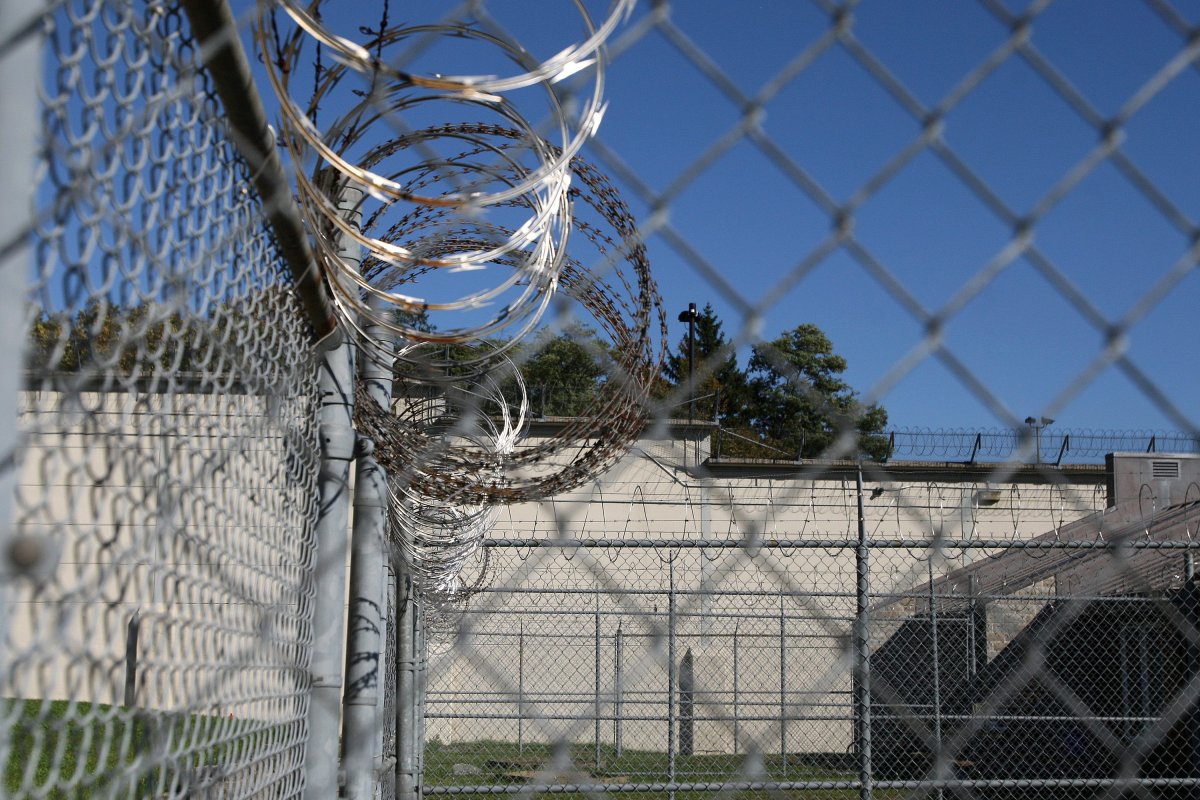TORONTO – Transgender inmates in Ontario will now be dealt with based on their own gender identity, not their physical sexual traits, a policy Ontario’s corrections minister is calling the most progressive of its kind in North America.

Previously, inmates were put in institutions based on a person’s “primary sexual characteristics.” Now, they will be housed according to their self-identified gender and referred to by their chosen name rather than their legal name and their preferred pronoun.
“This is the most progressive policy on the treatment of trans inmates in North America,” Correctional Services Minister Yasir Naqvi said Monday. “No other jurisdiction in Canada has such policy. In fact one of the things that I’ll be doing is sending a copy of our policy to all other my colleagues across the country.”
The policy builds on interim guidelines that were put in place last April, Naqvi said.
The case of a trans woman from England who was detained by the Canada Border Services Agency last February pushed the issue to the forefront as she tweeted her experiences before being detained in a men’s facility, despite travelling on a passport identifying her as female.
Avery Edison was eventually transferred to a women’s facility, but filed a human rights complaint about her treatment. She said Monday she couldn’t comment on Ontario’s new policy because her human rights case is ongoing.
Trans advocate Susan Gapka said the new policy is significant because it is “incredibly dehumanizing” for trans people to be treated as anything other than their self-identified gender.
“For the trans community … it has a tremendous negative impact, not only during that moment in time but in our experience with authority, our experience with institutions,” she said. “When we try to patch our lives back together that can really be a barrier to accepting the sources of support that will help us to get through to the next level.”
Trans inmates were previously often put in segregation, but now they will be integrated into the general population whenever possible, Naqvi said.
“Today is about human rights,” he said. “It is about ensuring that trans inmates are given the same protections, the same dignity and the same treatment. It is about respect and dignity for gender identity and gender expression.”
Ontario Human Rights commissioner Barbara Hall says the policy helps protect the rights of trans people, who face a higher risk of harassment and violence behind bars from other inmates and sometimes corrections staff.

Comments